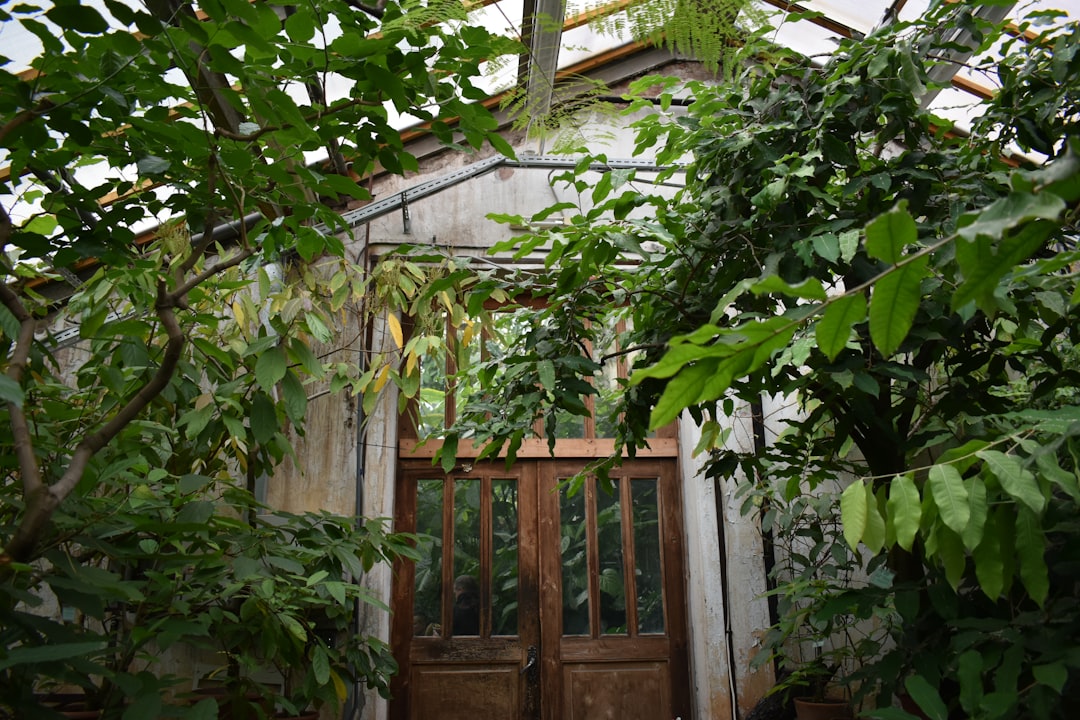Unleashing the Beauty of Kalanchoe: A Guide to Indoor and Outdoor Care

Houseplants have long been cherished for their ability to bring life and beauty into our living spaces. Among the many stunning options available, the kalanchoe stands out as a remarkable succulent that can thrive both indoors and outdoors. With the right care tips, this striking plant will reward you with an abundance of beautiful blooms.
One of the first things to consider when caring for kalanchoe is its light requirements. These plants love bright, indirect sunlight. When placed indoors, find a spot near a window where they can receive plenty of light without being exposed to direct sunlight, which can scorch their leaves. If you're growing kalanchoe outdoors, choose a location that gets partial shade, especially during the hottest part of the day. This will help prevent the plant from getting too much sun and keep it healthy.
Proper watering is crucial for the well - being of kalanchoe. As a succulent, it has the ability to store water in its leaves and stems, so it doesn't need to be watered as frequently as other houseplants. Over - watering is one of the most common mistakes made when caring for kalanchoe. Allow the soil to dry out completely between waterings. When you do water, make sure to water deeply, but then let the excess water drain away. A good rule of thumb is to water about once every two weeks indoors, and adjust the frequency based on the outdoor climate and the season.
The soil you use for your kalanchoe also plays an important role. These plants prefer well - draining soil. You can use a cactus or succulent potting mix, which is specifically formulated to provide good drainage. If you're planting kalanchoe in a garden bed outdoors, make sure the soil is loose and has good drainage. You may need to amend the soil with sand or perlite to improve its drainage capabilities.
Fertilizing your kalanchoe can help promote healthy growth and more abundant blooms. During the growing season, which is typically spring and summer, you can fertilize your plant every two to four weeks with a balanced, water - soluble fertilizer. However, be careful not to over - fertilize, as this can lead to excessive foliage growth at the expense of blooms. In the fall and winter, when the plant is in a dormant phase, reduce or stop fertilizing altogether.
Pruning is another aspect of kalanchoe care. After the plant has finished blooming, you can prune off the spent flowers to encourage new growth and potentially more blooms. You can also trim back any leggy or damaged stems to keep the plant looking neat and healthy. Use clean, sharp pruning shears to make clean cuts and prevent the spread of diseases.
When it comes to temperature and humidity, kalanchoe prefers moderate conditions. They can tolerate a wide range of temperatures, but they do best in temperatures between 60°F and 85°F (15°C - 29°C). They are not very tolerant of cold temperatures, so if you live in an area with cold winters, it's best to bring your outdoor kalanchoe indoors before the first frost. In terms of humidity, they can adapt to normal household humidity levels, but they don't require high humidity.
Propagating kalanchoe is relatively easy. You can propagate them from stem cuttings or leaf cuttings. To propagate from a stem cutting, simply cut a healthy stem from the plant, let it dry for a few days to form a callus, and then plant it in well - draining soil. For leaf cuttings, gently remove a leaf from the plant, let it dry, and then place it on top of the soil. Keep the soil slightly moist, and in a few weeks, you should start to see new roots and growth.
In conclusion, with these kalanchoe care tips, you can enjoy the beauty of this stunning succulent both indoors and outdoors. Whether you're a seasoned gardener or a beginner, kalanchoe is a great addition to any plant collection. By providing the right light, water, soil, and care, you'll be rewarded with beautiful blooms that will brighten up your home or garden for years to come.